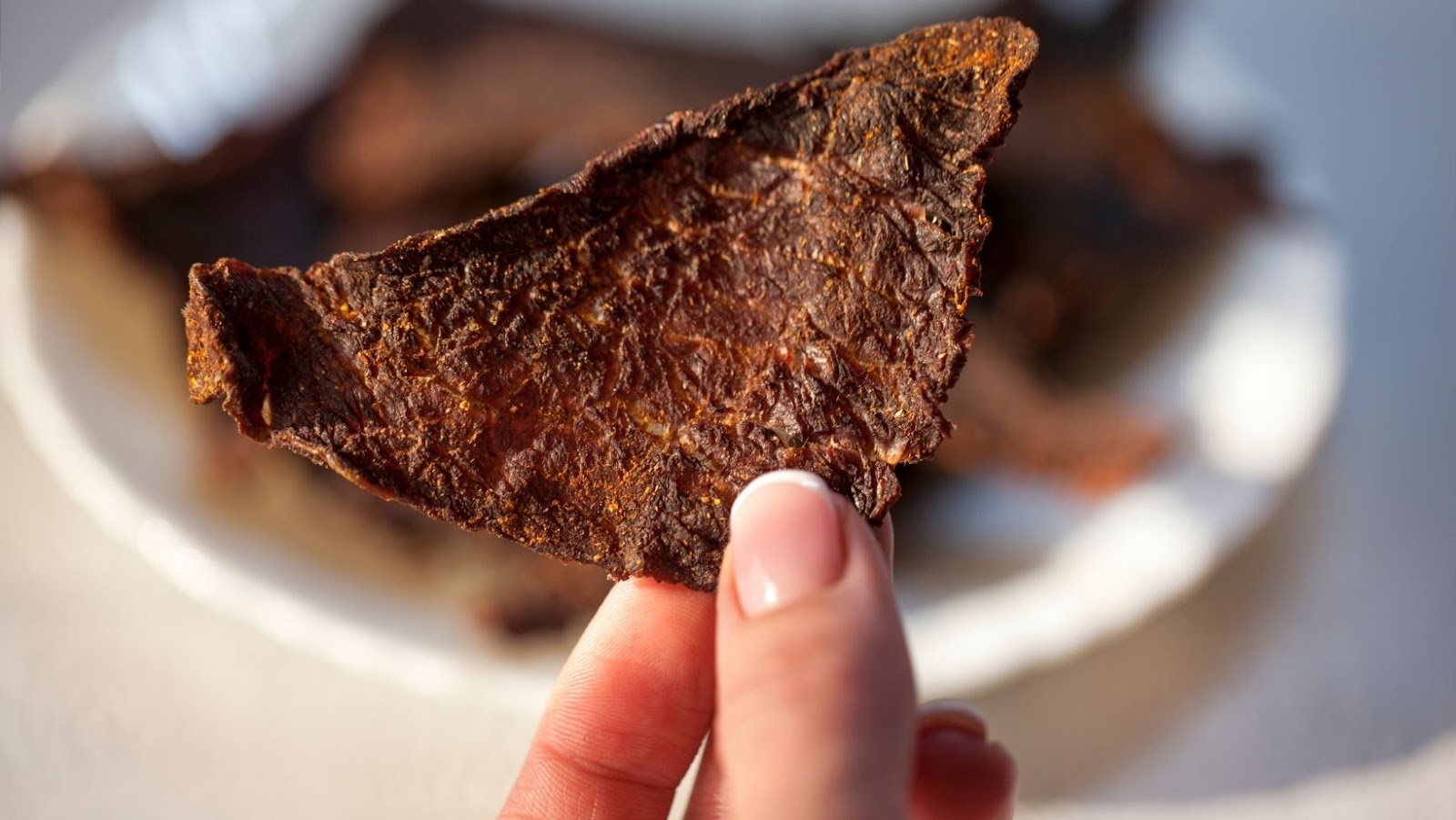Stuffed Mutton Kofta Curry
I was looking for a hearty meal to give my family after Christmas. I was looking for something that wasn’t too spicy, that would warm them up after their long day. I had a few options, spring rolls, chicken curry, and meatballs. I didn’t want to make something too complicated so I tried to keep it simple and decided on making a stuffed mutton kofta curry.
Curry is quintessentially Indian. Mutton and lentil-based curries are a staple of Indian cuisine, and pairs well with rice. The most popular types of curry are the ones with meat such as lamb, chicken, or mutton (goat), but these are very few and far between. While Indians would eat lamb curry every day, they would never think of eating the same dish every day to the same extent.
Stuffed Mutton Kofta Curry is a recipe from Kerala with a cashew paste. It is made with mutton (Lamb) which is most commonly served in Kerala. Kofta is deep fried balls of ground meat with spices mixed in. The spices in kofta include ginger, garlic, onion, and green chillies. This dish is usually served with tomato gravy. This is a classic kerala dish and is prepared in Kerala.
Koftas are spiced ground minced beef balls that are cooked. It may be made with lamb, goat, or chicken meat. Lauki koftas and malai koftas are examples of vegetarian koftas. Koftas are filled with an onion mixture and fried in a sauce or curry in this meal. The koftas in this dish are not deep fried, but instead cooked directly in the curry. This meal goes well with simple rice, naan, chapathi, and pulav.
Ingredients
To make meatballs
-
- 200 gms mutton or lamb mince
- 1/2 teaspoon chili powder
- 1/4 teaspoon garam masala (homemade)
- 1 tbsp khus-khus (poppy seeds)
- 3 tsp roasted gram powder (putane)
- 3 tsp ginger and garlic paste
- a pinch of salt (to taste)
Stuffing
-
- 1/3 cup chopped onion
- 2 green chilies, chopped
- 3 tbsp coriander leaves (chopped)
Gravy/Curry
- 2 1/2 tbsp oil
- 2 onions (chopped)
- 2 tsp ginger and garlic paste
- 2 tomatoes (paste)
- 2 tsp chili powder
- 3 tsp coriander powder
- 1/2 teaspoon garam masala
- 3 green chillies, slit
- 2 tbsp coriander leaves (chopped)
- 2 1/2 cups water
- a pinch of salt (to taste)
Method
preparing meatballs
-
- To create meat balls, first combine the mutton and other ingredients in a food processor to produce a smooth consistency. Season with salt to taste. While mixing, do not add any water; the mixture should be dry yet wet. Refrigerate it for 1 to 2 hours after wrapping it with cling film.
-
- To create meat balls, take the mixture out of the fridge (koftas).
-
- Prepare the stuffing mixture on a dish with finely chopped onion, corrainder leaves, and green chilies.
-
- Using your hands, divide the mince mixture into walnut-sized balls. Flatten it, fill it with the stuffing mixture, seal it on all sides, and roll it into a ball in your hand. Water may be applied to your palms to keep the mixture from sticking to your hands. This combination may be used to create 7 to 8 balls. Set it aside for now.
preparing the gravy/curry
-
- Make a tomato paste by finely chopping onions (blend it in a blender)
- Take a kadai or a pan, heat the oil, then add the onions and cook for 5 minutes on medium heat, or until they are light brown in color. Then mix in the ginger and garlic paste for a minute.
-
- Toss in all of the dry spices and roast for approximately 2 minutes. Add the tomato paste and 1 cup of water, cover, and simmer until the onions and tomatoes are soft and the liquid has evaporated.
-
- You may add 1 tablespoon of concentrated tomato puri (optional) for added flavor.
- After adding the tomato paste, I added the beef bones that were left behind, which were not necessary, and let it simmer.
- Curry may be made without the bones.
- After the water has been reduced and the mixture has been cooked, add the green chilies and coriander leaves, along with the leftover water, to create a gravy.
-
- Slowly drop the meat balls into the gravy and heat until they are well cooked and begin to release oil. Slowly whisk the gravy from time to time, or just spin the kadai while holding it on its side. You may add a bit extra garam masala to the stew and boil it if you like.
-
- Cook for 10 minutes on medium heat, then reduce to a low heat and cook for another 15 minutes, or until the koftas are well cooked and no oil remains on top. As you can see, the water has been decreased and the ideal gravy consistency has been reached.
- It goes well with rice or chapathi (roti).
Notes
- You may alternatively ground the mutton pieces separately with other ingredients in a mixer to make a mince combination with well-mixed spices.
- The koftas should not be moved too frequently or they may break.
- You may adjust the amount of chilli powder if desired.
- You may fill the paneer, cooked chana dal, or veggies with anything you like.
- If you wish, you may add the leftover stuffing ingredients when frying the onions.
The kofta or sausage patty is a tasty, high protein, low fat snack that is often eaten as the main dish in a meal. This stuffed kofta recipe is one of the best ways to prepare it.. Read more about mutton ball curry recipe and let us know what you think.







